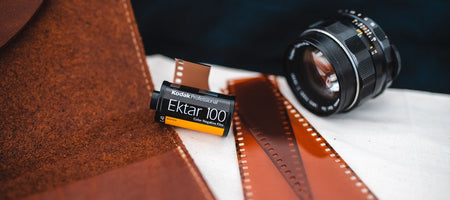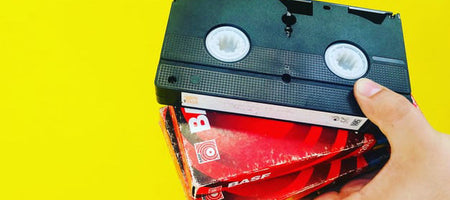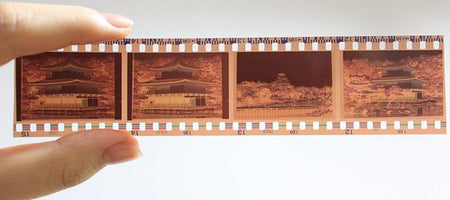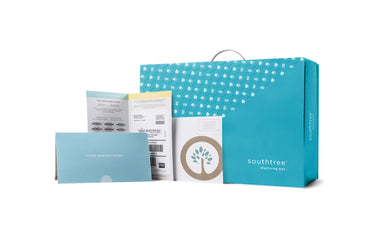Film has been around now for over a century, and its invention has instigated innumerable advancements in media technology over the decades. When film came into being, mass entertainment followed. The concept of a movie star was created. Sound technology advanced because of film. Color was added as a possibility to both still and moving pictures.
The invention of film pioneered all these discoveries and more.One particular film format has an interesting history. The Eastman Kodak 16mm film format, which came about in 1923, was produced as a less expensive alternative to the 35mm format of earlier decades and was specifically marketed for amateur use. Let’s take a closer look at the history of the this unique film format.
Because the format was intended for amateur use, Kodak produced 16mm film using an acetate base instead of the traditional nitrate, due to the high flammability of nitrate. The 16mm format was one of the first film formats to use an acetate base.
Initially, the 16mm format was black-and-white only. This changed in 1935 with the invention of Kodachrome, Kodak’s three-color film process. Because of this and its low cost, the 16mm format was becoming more popular amongst professionals. The use of the 16mm format by professionals increased its popularity amongst amateurs as well.
During World War II, the 16mm format was used extensively, and during the postwar period, the format was used increasingly in the professional sphere for making television shows and movies. Then, with the invention of the 8mm and Super8 film formats, the 16mm format became even more commonly used in the professional film world whilst amateurs began using the cheaper 8mm formats.
The invention of digital video recording has made the 16mm format and most film formats largely outdated. However, in recent years film has begun to make a comeback. There are certain qualities in traditional analog films that do not come across in digital video, such as light exposure. This is why many photographers and filmmakers will still use film today.
16mm film was majorly popular in the filmmaking and amateur worlds, making a huge success for Eastman Kodak. The format is still being produced and used to this day. 16mm film made waves and paved the way for many more film formats to be invented.
If you have 16mm film reels, but no way to view them, it’s time to consider digitization through Southtree. Southtree provides quality, professional digitization starting as low as $50 for two film reels. The convenience of at-home delivery and step-by-step tracking make the experience of digitization through Southtree a breeze and a joy. Try it this holiday season and give your family the gift of revived memories.













